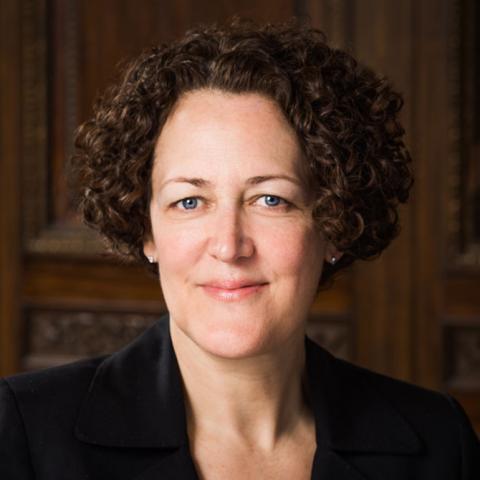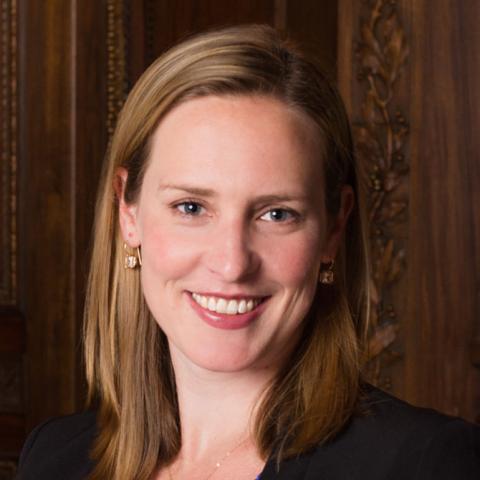Yesterday, President Trump announced a U.S. Department of Health and Human Services (HHS) plan to test a new payment model that aims to substantially lower the cost of prescription drugs and biologics covered under the Medicare Part B program. The new model would, for the first time, base Medicare payment for Part B drugs on the typically lower prices paid in other countries.
Commonwealth Fund research shows that such bold payment models are needed to tackle high prescription drug prices in the U.S., and that paying international prices might move Medicare and beneficiaries’ drug spending in the right direction. If the proposal moves forward, a number of questions about how it will work need to be resolved, and it’s important to note that Part B spending accounts for just a small slice — 5 percent — of the total national drug bill.
Spending in Medicare Part B
Under Medicare Part B, physicians administer drugs in their offices, often to treat patients with cancer, immunological disorders such as rheumatoid arthritis, and age-related eye conditions like macular degeneration. Medicare’s current payment to physicians, which is based on the average U.S. sales price for these drugs and biologics, is 47 percent higher on average than prices paid by 16 industrialized countries for the same products, according to the administration’s analysis. Beneficiaries’ cost-sharing is also high for Part B drugs; they pay 20 percent of the Medicare price for each dose. Commonwealth Fund research finds drug costs exacerbate struggles of Americans with serious illnesses, who can face financial ruin even if they have health coverage.
The outline of HHS’s proposed Part B rule, which would be released next spring, reflects an innovative attempt to lower drug spending:
- Medicare would pay private-sector vendors, such as wholesalers and pharmacy benefit managers, the international reference price called the “target price” for a select set of drugs in its testing areas.
- Vendors would then negotiate with manufacturers for the drugs and biologics (presumably at lower prices than the payment they receive from Medicare) and supply physicians and hospitals with products.
- Physicians and hospitals treating Medicare beneficiaries would be required to participate and could choose multiple vendors or change vendors. Medicare would replace its current administrative payment to physicians and hospitals with a flat fee. Currently, providers are paid a percentage of the drug price under Part B. Under the new proposal, they would no longer gain revenue from the price of a drug.
- Beneficiaries would pay lower copayments to the extent Medicare’s payments are lower.
Several unaddressed details of the Part B model will determine whether it will save Medicare money and lower what beneficiaries pay for their prescription drugs. Certain features of Medicare and the pharmaceutical market may present stumbling blocks to achieving the model’s goals. For example, how will a target price enable vendors to negotiate with sole-source manufacturers who retain monopoly pricing power? What levers will vendors have in these circumstances? Could global pricing dynamics spur manufacturers to raise prices in other countries in order to raise the Medicare reference price? Answers to these and other questions raised by HHS could reveal limits of the model design.
Total U.S. Spending
Of course, Part B spending is a small portion of total Medicare drug spending, and the bulk of national drug spending falls outside of Medicare. Medicare Part D, for example, which covers drugs dispensed by retail pharmacies, accounts for a much larger share of total U.S. drug spending (27%). Medicare spending for the highest-cost drugs paid under Part D’s catastrophic benefit has grown at an average annual rate of 18 percent since 2007. That is faster than the 9.8 percent drug spending growth under Part B. Leaving Part D out of the proposal therefore leaves a lot of potential savings on the table.
Moreover, prescription drug costs paid by U.S. workers and employers would not be captured under the Part B model. These costs account for a large share of U.S. drug spending. Insurers estimate that prescription drugs now account for 33 percent of employer-paid health insurance premiums, mainly because of high and increasing prices for the same drugs covered by Part B. The Food and Drug Administration (FDA) has announced a series of steps to encourage more price competition from lower-priced products, such as generics and biosimilars. However, FDA actions will need to be coupled with bolder reforms to patent and exclusivity protections that impede U.S. payers from negotiating prices that approximate those achieved by peer countries.
A Broader Strategy
Rather than linking to prices abroad for a slice of U.S. consumers, HHS could pursue a broader strategy that adapts core elements of the international approach to drug pricing. Other developed countries aggregate purchasing power to gain leverage with drug companies, systematically assess the value of individual drugs to inform their purchasing decisions, and enter into a negotiation process with manufacturers that they can stand behind. Adapting these elements to the U.S. would take bold action, but if we did so we could create our own system — one that could achieve the lower drug costs that other countries are able to provide for their residents.




